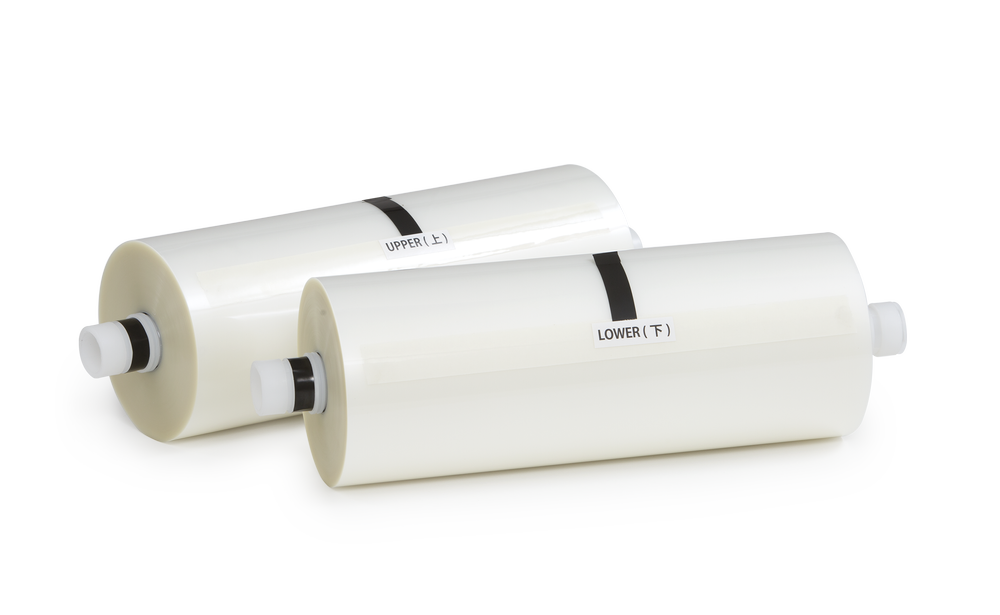Exploring the Lamination Process: The Basics
The paper lamination process involves a base layer—typically of Polyester, OPP Polypropylene, Nylon, or Vinyl—and an inner adhesive resin layer. The variety of adhesives applied to the base materials differs based on the application. During lamination, the material to be laminated is sandwiched between two laminating film sheets. Next, the laminating machine then melts the adhesive resin layer, spreading over the document as it cools and hardens to create a bond between the material and film. Let’s dive into how you can unlock paper lamination with our expert guide.

Understanding the Different Types of Laminating Machines
Understanding the different types of lamination machines can help you choose the one that best suits your needs. These include:
- One-Sided Laminators
- Two-Sided Laminators
- Desktop Laminators
- Pouch Laminators
- Wide Format Laminators
- Automatic Laminators
Lamination is widely recognized as one of the best ways to protect a document. A particularly durable form involves an overhang, offering a watertight and airtight seal. But with an array of laminating methods and machines available, it’s best to consult an expert to find the ideal solution for your specific application.
Paper Lamination Expert Guide: Types of Laminating Films
There’s a wide spectrum of laminating films available, each with its unique characteristics and applications:
- Standard Laminating Rolls: Also known as “school film” this mono polymer film is the least expensive and operates at high temperatures. It’s available in 1.5 mil or 3 mil thickness.
- Premium Laminating Film: Premium films have a more aggressive adhesive and operate at a lower melting temperature. These tend to be more expensive but work better with waxy toner. This film is available in 1.7, 3, 5, and 10 mil thickness.
- Commercial Laminate: Ideal for high-speed, high-volume laminators. These films are a blend between quality and low cost. They come in wider rolls for larger laminating machines.
- OPP Laminating Film: Polypropylene (BOPP) based thermal films provide excellent clarity and durability.
- Lay Flat Laminating Film: A nylon-based film that keeps laminated materials flat even in humidity conditions.
- Wide Format Thermal Laminating Film: Specially designed for laminating paper-based outputs from wide format inkjet printers.
- Platinum-Lam Wide Format Thermal Film: A film with UV inhibitors and Light-Fast technology to reduce graphic fade and protect against moisture.
- Pressure Sensitive (cold) Laminating Film: Designed for laminating vinyl outputs from wide format inkjet printers.
- Pressure Sensitive (cold) Mounting Adhesives: Used for temporarily or permanently mounting graphics for display.
This guide to the lamination process and the various types of laminating machines and films should provide a solid foundation to make an informed decision. Feel free to contact us for any further queries or assistance!

